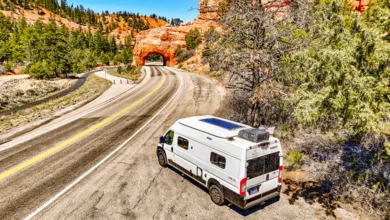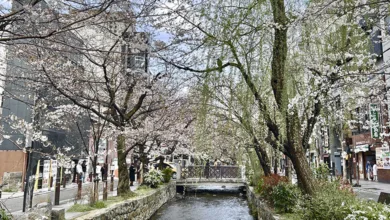Flagstaff and the Unique “I Heart Pluto” Festival
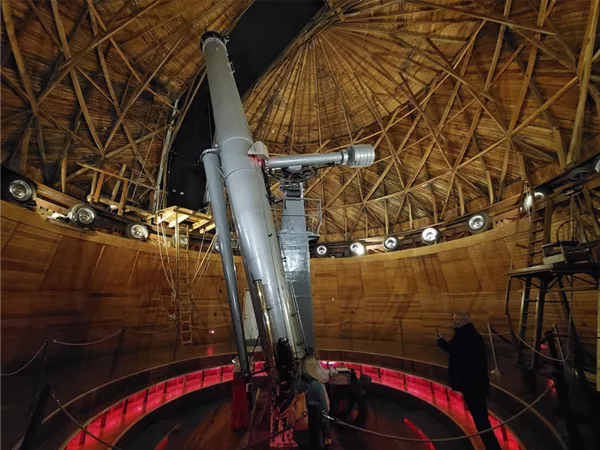
Above photo: Clark Telescope at Lovell Observatory
A unique travel destination
You might think of Flagstaff as the gateway to the Grand Canyon. Or maybe you’ve enjoyed winter and spring skiing at Arizona Snowbowl, just minutes from Flagstaff’s walkable and dog-friendly downtown.
Those are all true. “But wait! There’s more!”
A deeper dive into Flagstaff reveals attractions and events that are unique and varied. One such event kicks off February 12 — the Third Annual I Heart Pluto Festival —honoring Pluto’s discovery in Flagstaff 92 years ago.
Percival Lowell built an observatory on Mars Hill, overlooking Flagstaff, in 1894. Mr. Lowell was sure a ninth planet lingered beyond Neptune, and he set out to find it. Before the mystery planet’s discovery, he passed away, but Clyde Tombaugh, an amateur astronomer from Kansas, discovered Mr. Lowell’s Planet X on February 18, 1930. Lowell Observatory announced the discovery to the world a few weeks later on Mr. Lowell’s birthday.
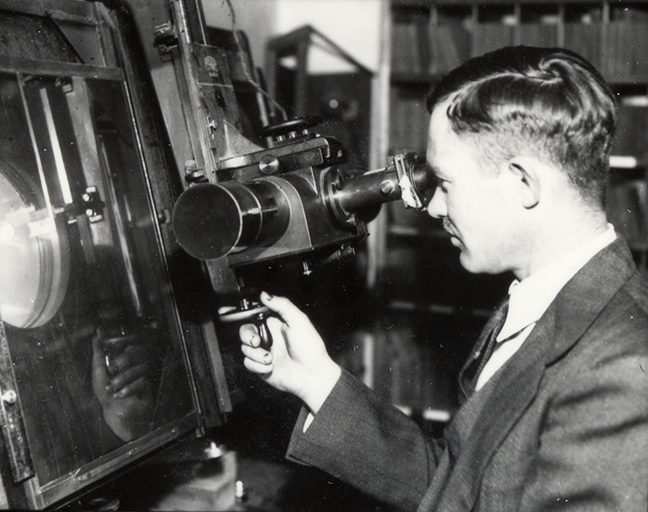
The Pluto Discovery Dome on the Lowell Observatory campus shows Tombaugh’s giant camera and tells the story of the English schoolgirl who named the planet.
The International Astronomical Union demoted Pluto to a dwarf planet in 2006. I think Pluto got a bum deal, so when I visited, I stuffed a dollar in the “Pluto is a Planet” bin, thereby casting my vote.
The I Heart Pluto Festival, hosted by the observatory from February 12 to 21st, shows its love and support of the erst-while planet. Scientists involved in missions to research Pluto and far-flung asteroids, Clyde Tombaugh’s son Alden, astronaut Nancy Curry-Gregg, and paleoanthropologist Donald Johanson (discoverer of Lucy, a 3.2-million-year-old hominid skeleton), are on tap for the “Night of Discovery.” The festival includes lectures, grandkid-friendly demonstrations, and an art show.
Lowell Observatory is also home to the Clark Telescope. If you step up to peer through its eyepiece during a tour, you’ll be following in the footsteps of Neil Armstrong, Frank Borman, and Jim Lovell, to name just a few of the astronauts who examined the moon with the telescope’s help. Cartographers detailed the moon’s surface using the Clark Telescope, providing Apollo astronauts with a lunar map.
And don’t forget to look up at the night sky while you’re there. Flagstaff was the first city to receive an International Dark Sky designation back in 2001.
While in Flagstaff, Apollo astronauts and scientists also walked on the natural lunar-style landscape of the Sunset Crater National Monument outside of Flagstaff. Here they tested mission equipment and clothing. If you pay a visit to Sunset Crater, you’ll be walking over lava fields from the most recent volcanic eruptions that occurred about 900 years ago.
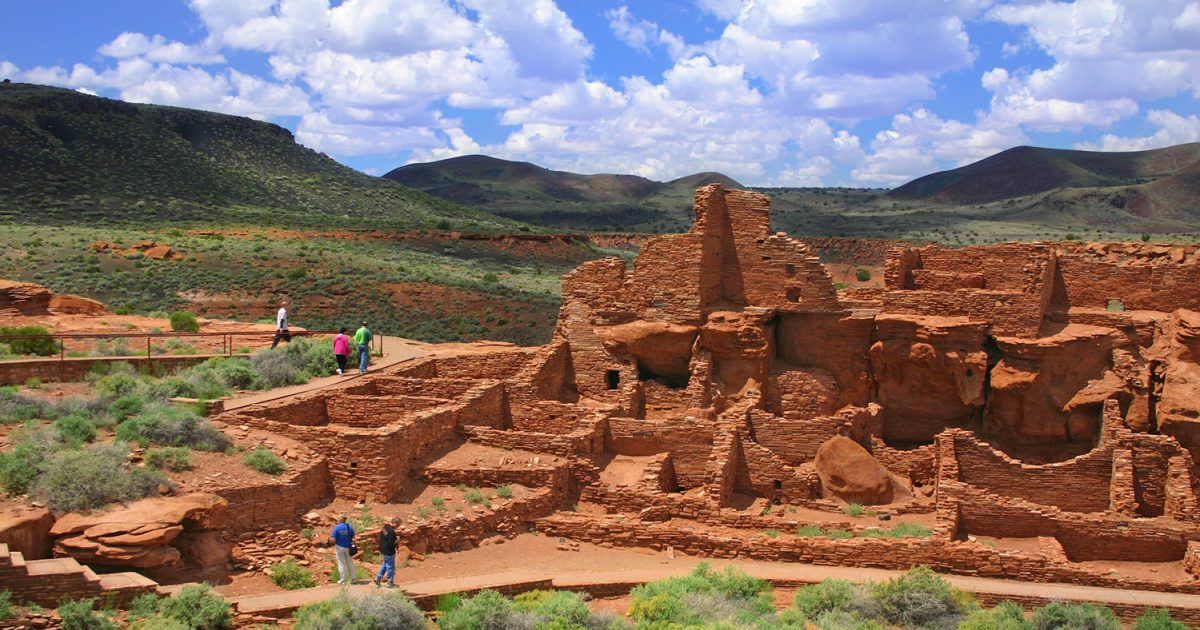
Two national monuments that showcase ancient life lie within 30 miles of Flagstaff. Visit Walnut Canyon and Wupatki National Monuments containing cliff dwellings and pueblos from ancient people. The Northern Arizona Museum showcases artifacts from these sites and heirloom Native American handicrafts and artwork.
*Flagstaff’s historic downtown is home to shops, restaurants, and breweries serving up “space-age” ale.
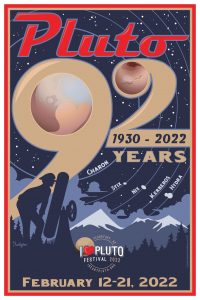
Check out the festival for an “out of this world” quick trip this year, or make future reservations next year. The poster below will tempt all lovers of Pluto, planets, and stars.
CLICK HERE for more information on the I Heart Pluto Festival.
*When you are in town, visit the 1925 train depot-turned-visitor-center on Route 66F for more information on area attractions and events.


